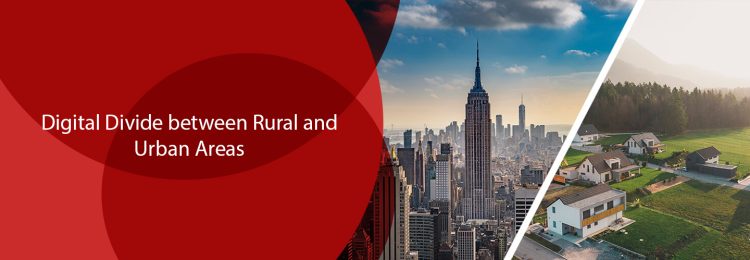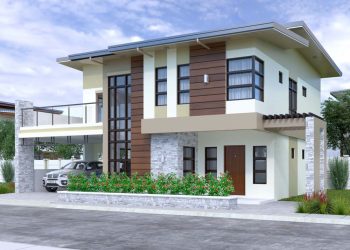Table of Contents
There have been a lot of advancements in the internet options available in the country. While this is the case for most of the country, rural areas seem to have been under served when it comes to high-speed internet. Rural residents are not being offered the same connections and quality of internet as those in suburban and urban areas.
Reasons for the Gap
There are several reasons why the digital gap exists between rural and urban areas. The increased economic growth in urban areas means that households in urban areas earn a higher income. This means that providers are also more encouraged to offer them more options. It’s one of the many reasons why rural areas don’t receive similar attention from providers and why they don’t invest in the necessary infrastructure.
High-speed internet connections in rural areas would be more widely available if providers invested in installing the necessary technology to offer rural internet options. Providers also believe that rural locations have lower demands for high-speed internet connections when compared to populated cities. In rural areas, the lowered number of potential customers discourages providers from offering users higher speeds and expensive plans.
The Divide
Some of the reasons for this divide have been discussed in detail below.
Technological Ownership
One way to observe the obvious digital gap between rural and urban communities is by seeing the differences in technological ownership. You will notice that people living in rural areas will be less likely to own smartphones, laptops, PCs, or tablets.
Pew Research Center surveyed in 2021, and found that only 30% of rural residents owned only one of the various internet-enabled devices as compared to the people in urban areas. These people were also less likely to own multiple devices when compared to the residents of urban areas.
Use of Internet
Another difference can also be observed when you see how the two communities make use of that technology. People in rural communities are considered less likely to make use of the internet than those in urban areas. The same survey also found that 80% of residents in rural areas make use of the internet when compared to 90% of urban residents. Also, 23% of rural residents could be found online at all times when compared to 73% of urban residents.
Internet Access
These differences begin to make sense when you consider the previously mentioned differences in technology ownership. While rural areas may be more connected to the internet today than they were before, 24% of users claimed it was still difficult to access the internet. This obstacle was much more pronounced in households with lower incomes.
COVID-19 Issues
Rural and urban residents, both face issues when it comes to connecting to the internet. But users in urban areas are still able to enjoy high-speed connections most of the time. Residents in rural areas have to deal with slow internet speeds constantly. The major reason is that they are not offered reliable and quick internet connections.
Many users still must find public hot spots to gain access to the internet if they have anything to do online. The pandemic forced students and teachers into their homes and brought several issues to light.
The schools provided most of their resources through online platforms or on their portals. Students and teachers could access these resources by visiting cafes, coffee shops, and libraries where it was possible to get an internet connection for some time. The problem extended to teachers as well, who would have to drive far away from their homes so that they could upload the necessary content on time.
While the lock downs required people to stay at home, many people were forced to put their safety at risk and access the internet somehow. The lack of the necessary rural internet plans made things a lot harder for people living there. It is now high time that rural residents are also offered high-speed internet plans in urban communities.
In Conclusion
The digital divide is obvious when you compare the urban community and the rural one. Households in under served areas are not being offered similar options that are easily available in the area. Rural residents require high-speed internet just like everyone so that they too can be offered benefits. It is now time for the country to begin finding ways to make high-speed internet more accessible in rural areas.

















